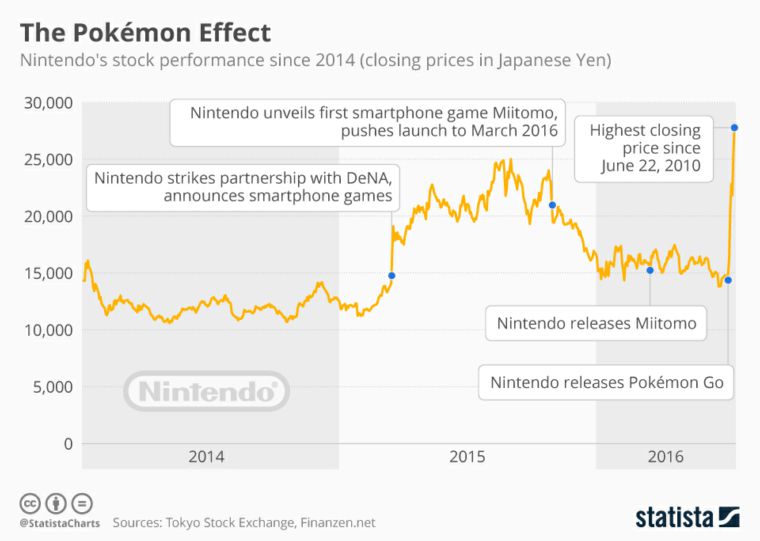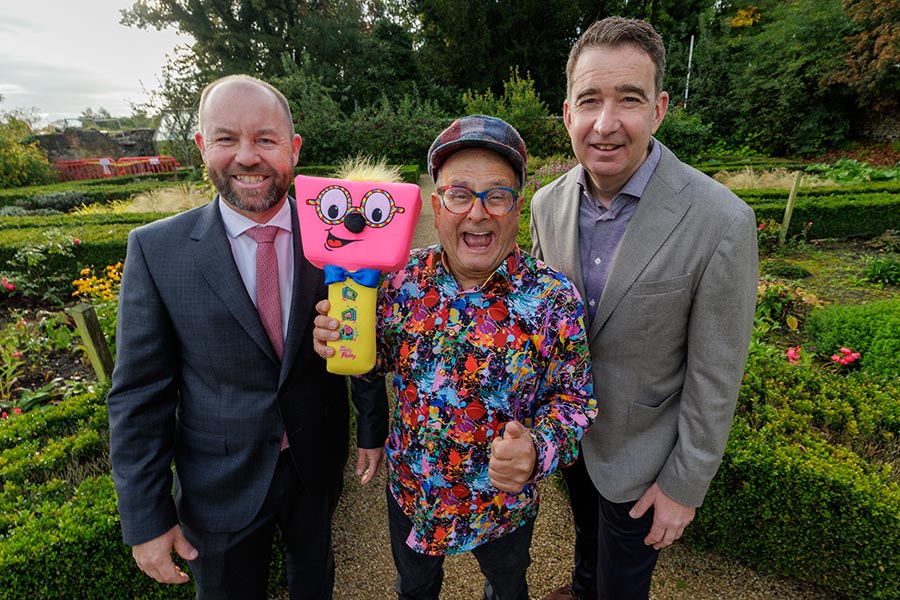PokemonGo is just a game but the appeal of Augmented Reality on mobile devices will soon find its way into the marketing arena, writes Kit Murray
PokemonGo, the new smartphone game from Nintendo, that started as an April Fool’s joke in 2014, has suddenly become a teenage phenomenon.
The app has already surpassed usage per day compared to other leading apps like WhatsApp, Instagram and Snapchat. It has more users than Twitter, with 65 million in the US just seven days since the launch.
The game has also launched in Australia, New Zealand, Germany and the UK. The game launched in Ireland on July 16, though the game servers immediately crashed such as the demand.
How It Works
Ingress, a similar game by Niantic Inc, laid the foundation for Pokémon Go, with the very same framework to using global location to play outdoors.
In the augmented reality map of the world shown on user’s phone when playing the game, they encounter a Pokémon, take aim and use their smartphone to throw a Poke Ball to catch it. When doing this, users can screenshot it and take a photo of the creature where they found it.
Starting in Trainer mode, game players walk around using their location on their phone to find Pokestops and Gyms in the game, located at places such as public art installations, historical markers, monuments and shops.
It’s too early to say if this is a major win for Nintendo. If it can continue to retain its users and somehow incorporate a way to make them paying players, it may turn out to be a financial success. Nintendo’s last mobile game, Miitomo, was initially popular but quickly went out of fashion.
PokemonGo taps into nostalgia for the Pokemon console, which was all the rage with children 15 years ago. No console is required, it’s free to use, encourages outdoor activity and has a social aspect too.
Says one player: “I actually made a friend when I was buying a donut because my egg hatched while I was paying the guy behind the counter, and we ended up chatting and comparing Pokemon. I never would have struck up that conversation were it not for the game.”
In America, coffee shops are trying to cash in by offering price discounts for people who play the game in their stores.
Pokémon, a Japanese Nintendo game short for the original title, Pocket Monsters, celebrated its twentieth anniversary this year. The variety of formats for the video game were originally Game Boy, Nintendo DS and playing cards.
The franchise has has many generations, starting with a Red and Green versions and expanding to Blue and a later Yellow version. There have also been Gold, Silver and Crystal versions.
Essentially, the PokemonGo strategy game has similar themes as the older games, the main difference being that it takes place outside. The game instructs each player to follow the map on their phone based on their location, directed by Google GPS, and from there catch Pokémon around them.
Augmented Reality
Writing on Marketing Dive, David Kirkpatrick noted that PokemonGo is arguably the first successful mainstream application of augmented reality to date. “The mainstream success of Pokemon Go shows how quickly—and powerfully—augmented and virtual reality applications could become marketing tools,” he said.
Augmented reality is a technology that has come into the mainstream just in the last week through Pokemon Go, but AR marketing is already happening in a number of different ways.
According to Kirkpatrick: Pokemon Go Niantic has been developing marketing tie-ins with different stores and banks for its AR game, Ingress, and has stated that it plans to allow businesses to sponsor locations for certain in-game activities. Marketers could tap into the game’s geophysical qualities by making certain rare characters available at particular stores, for example.
Kirkpatrick adds that one major marketing implementation for VR tech is in the complex B2B sale. The reasoning is VR offers an immersive try before you buy product demo for high-end products that surpass video demos and white papers.
"Virtual reality is another part of the puzzle for us in terms of opening up the world of GE and doing it through visual storytelling," Katrina Craigwell, director of global content and programming at GE, told Ad Age. "The more we can show rather than tell, the better we do."












